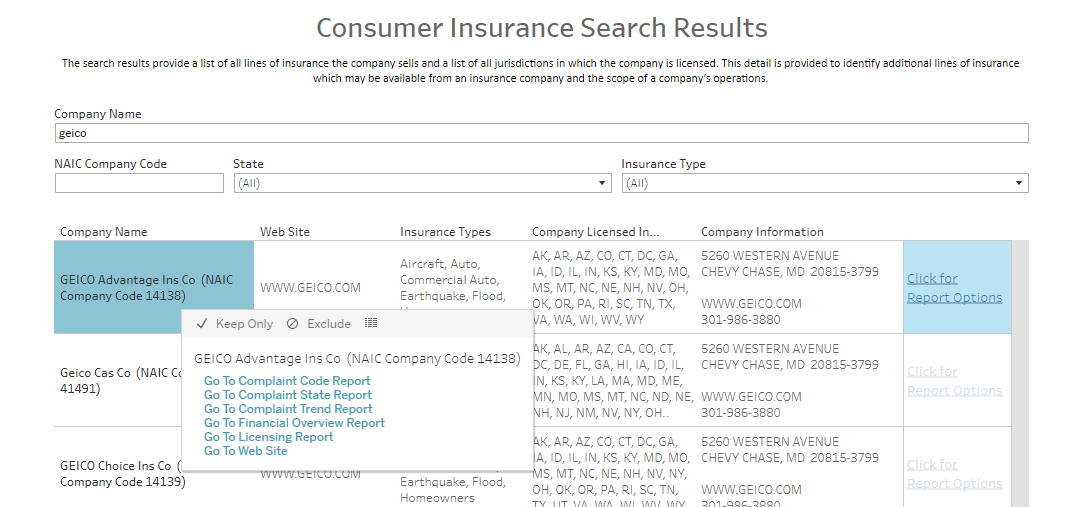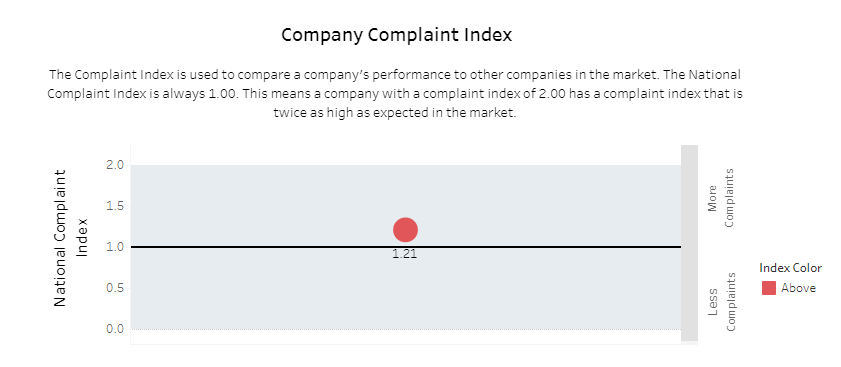Keep reading to find out how mold damage insurance claims work and how much you could receive for your mold damage insurance claim.
When Does Home Insurance Cover Mold?
Mold damage is a common exclusion on home insurance policies. However, there are some situations where home insurance covers mold.
If mold damage was caused by a sudden or accidental event, for example, then home insurance could cover it. If a pipe suddenly burst, causing mold damage behind your walls, then home insurance could cover the mold damage.
On the other hand, home insurance won’t cover mold damage linked to poor maintenance – like a pipe slowly leaking behind your walls over a six month period, or an upstairs bathtub that had been leaking for years.
Some of the most common situations where home insurance covers mold damage insurance claims include:
- A pipe or drain hose suddenly ruptured or started to leak
- An appliance – like a dishwasher or washing machine – malfunctioned, leading to mold damage
- Your toilet suddenly started to overflow
- Firefighters extinguished a house fire, causing mold damage within your property
- Rain from a storm entered your property, leading to mold damage
In all of these situations, insurers could cover the entire cost of mold removal and remediation, up to the limits of your policy. You could receive $10,000 in compensation for mold removal instead of paying out of pocket.
When Does Home Insurance Not Cover Mold?
Home insurance will not cover mold in many situations.
If the damage occurred over a long period, for example, then home insurance may not cover mold. If you ignored a leaking pipe behind your walls for months, for example, and that leaking pipe caused mold, then you may not be able to make a home insurance claim.
Home insurance will also not cover mold damage caused by flooding. Unless you have supplemental flood insurance, in fact, your home insurance does not cover flood damage of any type.
Some of the situations where home insurance does not cover mold include:
- Mold damage caused by flooding
- Mold damage caused by maintenance issues wear-and-tear, like a leaking pipe dripping behind your walls for months without you noticing
- Mold damage caused by water backups (like a clogged sewer line or a broken sump pump)
- Mold damage beyond a certain dollar amount (most policies cover $1,000 to $10,000 of mold damage)
- Mold damage caused by broken or dirty roof gutters that caused water to flow over other parts of the house
- Mold damage caused by poor ventilation (like humidity buildup in a poorly-ventilated bathroom)
Depending on your mold damage, you could have plenty of coverage for the incident. Or, you could be forced to pay out of pocket to remediate your mold damage.
How Mold Damage Insurance Claims Work
If you believe your home insurance policy covers mold, then you may want to file a homeowners insurance claim for your mold damage.
Here’s how a typical mold damage insurance claim works:
- Contact your insurer to report the incident. Call your insurer’s 24/7 claims hotline or contact your insurance agent. Your insurer assigns a number to your claim, and an adjuster contacts you with the next steps.
- Document the damage by taking photos or videos. Take as many photos and videos of the mold growth as possible. Document damaged items and their approximate value. If you have a home inventory list, this inventory list can make your insurance claim easier. The more evidence you can provide to your insurer, the easier your mold damage insurance claim will be.
- Take whatever steps possible to limit the damage. If the area is safe, take steps to limit further damage. Turn off the water at your home. Remove waterlogged items. Run a dehumidifier. If your home is unsafe to live, secure alternative accommodations. Make sure your home insurance adjuster sees all significant damage before you start the restoration or cleaning process.
- Hire a restoration company. Your insurance company may recommend a mold remediation company or restoration company to begin the first repair steps. This company can secure the scene, remove water-damaged walls and flooring, and begin the remediation process. Mold can be messy, and it’s important to hire professionals to ensure the job gets done right.
- Contact a public adjuster for any disputes or issues with your claim. A public adjuster represents your best interests in the insurance claim. They negotiate with the insurer on your behalf, secure the highest possible amount of compensation for your insurance claim, and ensure your insurer pays you every penny you are legally owed. If the insurer is dragging its feet, denying your insurance claim, or lowering your compensation, then contact a public adjuster to fight back.
As Nationwide explains, you should also take future steps to prevent mold growth in your home – like ensuring good ventilation and keeping up-to-date with repairs.
How Much is a Mold Damage Insurance Claim Worth?
The average mold damage insurance claim is worth anywhere from $3,000 to $10,000, depending on the scope of the damage.
If your property has significant mold damage, it could cost $20,000 to $35,000 to remediate that damage. In fact, mold damage insurance claims can quickly spiral in cost, which is why many insurers assign limits.
Many homeowners insurance policies have a limit of around $1,000 to $10,000 for mold damage and remediation. Check your policy to verify your limits.
Concerned About Future Mold Claims? Add Supplemental Coverage
If you’re concerned about mold claims in the future, then consider adding supplemental coverage to your insurance policy.
These supplemental coverages can increase the likelihood of your insurer covering a mold problem.
Contact your insurer and ask about supplemental coverages like:
- Water Backup Coverage: Ordinary home insurance policies do not cover sewer or sump pump backups. Generally, if water flows from the ground up into your house (say, with flooding or sewer backups), insurance won’t cover it. If you add water backup coverage to your policy, then your insurer should cover any mold damage caused by backed up sewers or sump pumps.
- Hidden Water Damage Coverage: Some insurers let you add hidden water damage coverage to your policy. If there’s a hidden leak behind your walls and you don’t notice it, then insurance will not normally cover it. If you have hidden water damage coverage, however, your insurer will cover most mold damage.
- Flood Insurance: If you live in a flood-prone area, you may want to add flood damage to your policy. Flood coverage, available through the National Flood Insurance Program (via FEMA), covers damage caused by rising floodwaters, including mold damage and structural damage. Without flood insurance, you may need to pay for flood damage repairs out of pocket.
It may cost just a few dollars per month to add these coverages to your policy, but it can help you save thousands of dollars on a future mold insurance claim.
How ClaimsMate Public Adjusters Help with Mold Damage Claims
Mold claims are usually the hardest to get covered under your policy. There are very fine lines and even State Laws that have to be taken into consideration. ClaimsMate’s public adjusters specialize in mold damage insurance claims, water damage claims, and other homeowners insurance claims.
Some of the ways in which a ClaimsMate public adjuster helps include:
- Speed up your insurance claim, ensuring you receive the payment you need as soon as possible.
- Negotiate with your insurer on your behalf for a higher payout.
- Organize documentation and evidence for your insurer.
- Maximize compensation by providing photos, videos, receipts, and other evidence validating your mold damage insurance claim.
- Manage your claim, repairs, and associated processes from start to finish to ensure an optimal outcome.
Provide you with an expert insurance professional on your side who represents your best interests – not your insurer’s best interests.
Schedule a free consultation with a ClaimsMate public adjuster today to see how a public adjuster could help with your insurance claim.
Final Word
Mold damage doesn’t go away on its own. You need to take steps to fix your mold damage.
Homeowners insurance does not typically cover mold damage. However, it may cover mold damage in certain instances – say, if the damage was caused by a burst pipe or by a storm.
Contact your insurer or speak with a public adjuster to start your mold damage insurance claim and get the compensation you are owed.
Original Post Here: How Mold Damage Insurance Claims Work

